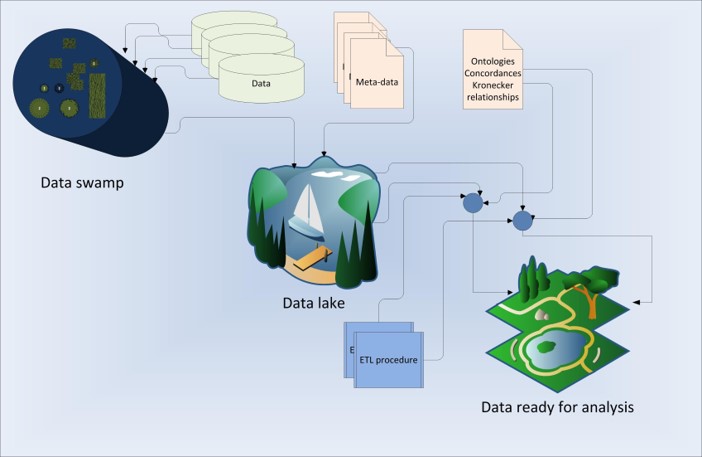Latest Posts
Oil palm and ecosystem services under different landscape management scenarios
“Based on the current land-use policy, spatial planning and maps of oil palm expansion in Indonesia, this study identified three plausible future scenarios; namely business as usual, conservation and sustainable intensification for future development of oil palm plantations in the study area.This study concludes that ecosystem services are negatively…
An analysis of multiple ecosystem services under future oil palm expansion scenarios in Central and West Kalimantan, Indonesia
Based on the current land-use policy, spatial planning and maps of oil palm expansion in Indonesia, this study identified three plausible future scenarios; namely business as usual, conservation and sustainable intensification for future development of oil palm plantations in the study area.This study concludes that ecosystem services are negatively…


